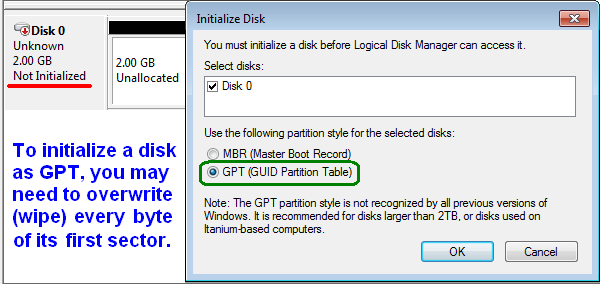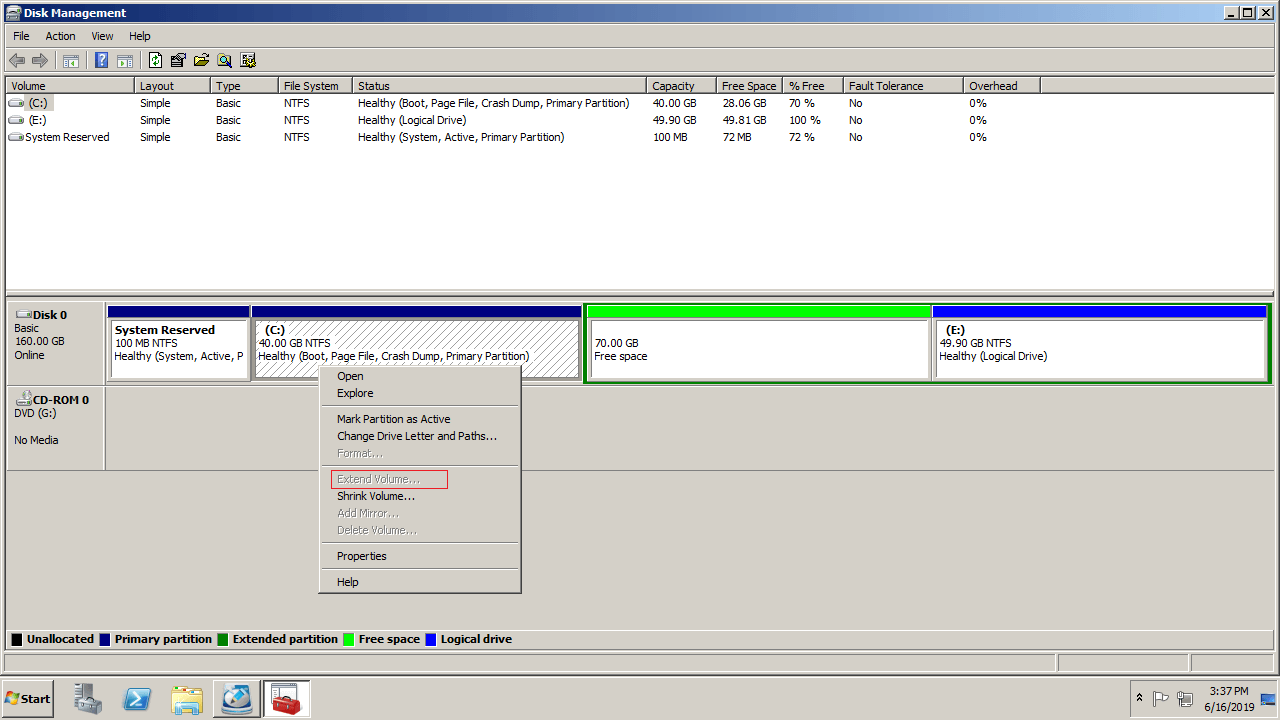
LOGICAL VOLUME MANAGER WINDOWS PROFESSIONAL
You can, however, use a computer running Windows XP Professional to remotely create mirrored and RAID-5 volumes on these operating systems. Mirrored and RAID-5 volumes are fault tolerant and are available only on computers running Windows 2000 Server, Windows 2000 Advanced Server, Windows 2000 Datacenter Server, or the Windows Server 2003 family of operating systems. In Windows NT 4.0, a RAID-5 volume was known as a striped set with parity. You cannot mirror or extend RAID-5 volumes. You can create RAID-5 volumes only on dynamic disks on computers running the Windows 2000 Server or Windows Server 2003 families of operating systems. If a portion of a physical disk fails, Windows recreates the data that was on the failed portion from the remaining data and parity. Parity is a calculated value that is used to reconstruct data after a failure. RAID-5 A fault-tolerant volume with data and parity striped intermittently across three or more physical disks. You can create mirrored volumes only on dynamic disks on computers running the Windows 2000 Server or Windows Server 2003 families of operating systems. If one of the physical disks fails, the data on the failed disk becomes unavailable, but the system continues to operate in the mirror on the remaining disk. A mirror is always located on a different disk. A mirrored volume provides data redundancy by using two identical volumes, which are called mirrors, to duplicate the information contained on the volume. Mirrored A fault-tolerant volume that duplicates data on two physical disks. Striped volumes cannot be mirrored or extended. You can create striped volumes only on dynamic disks.

If a disk in a striped volume fails, the data in the entire volume is lost. Striped volumes offer the best performance of all the volumes that are available in Windows, but they do not provide fault tolerance. Data in a striped volume is allocated alternately and evenly (in stripes) across the disks. Striped A dynamic volume that stores data in stripes on two or more physical disks. Spanned volumes are not fault tolerant and cannot be mirrored. You can create spanned volumes only on dynamic disks. You can increase the size of a spanned volume by extending it onto additional dynamic disks. Spanned A dynamic volume consisting of disk space on more than one physical disk. Simple volumes are not fault tolerant, but you can mirror them to create mirrored volumes on computers running the Windows 2000 Server or Windows Server 2003 families of operating systems. You can create simple volumes only on dynamic disks. If you extend a simple volume across multiple disks, it becomes a spanned volume. If the simple volume is not a system volume or boot volume, you can extend it within the same disk or onto additional disks. A simple volume can consist of a single region on a disk or multiple regions of the same disk that are linked together. There are five types of dynamic volumes: Simple A dynamic volume made up of disk space from a single dynamic disk. All volumes on dynamic disks are known as dynamic volumes.

The /boot/ partition cannot be on a logical volume group because the boot loader cannot read it. The physical volumes are combined into logical volumes, with the exception of the /boot/ partition.

LVM physical volumes can be placed on other block devices which might span two or more disks. With LVM, a hard drive or set of hard drives is allocated to one or more physical volumes. LVM is a tool for logical volume management which includes allocating disks, striping, mirroring and resizing logical volumes.


 0 kommentar(er)
0 kommentar(er)
